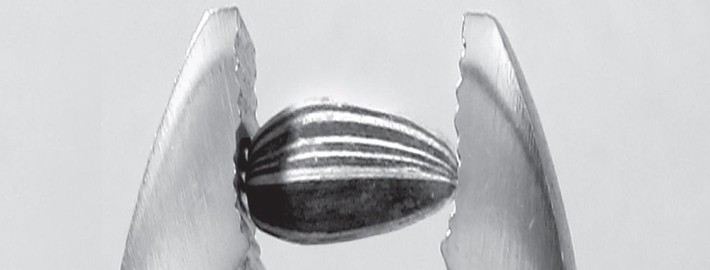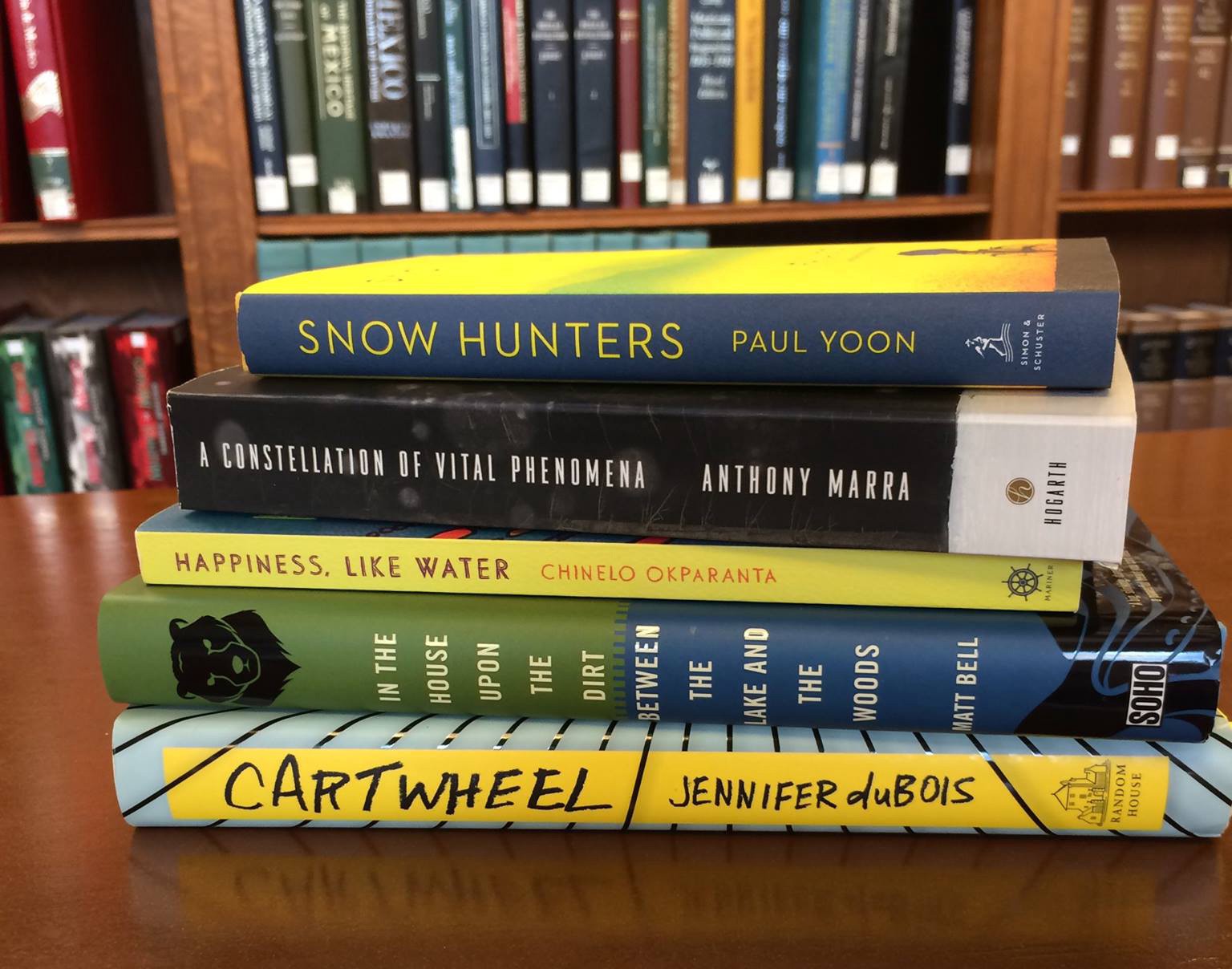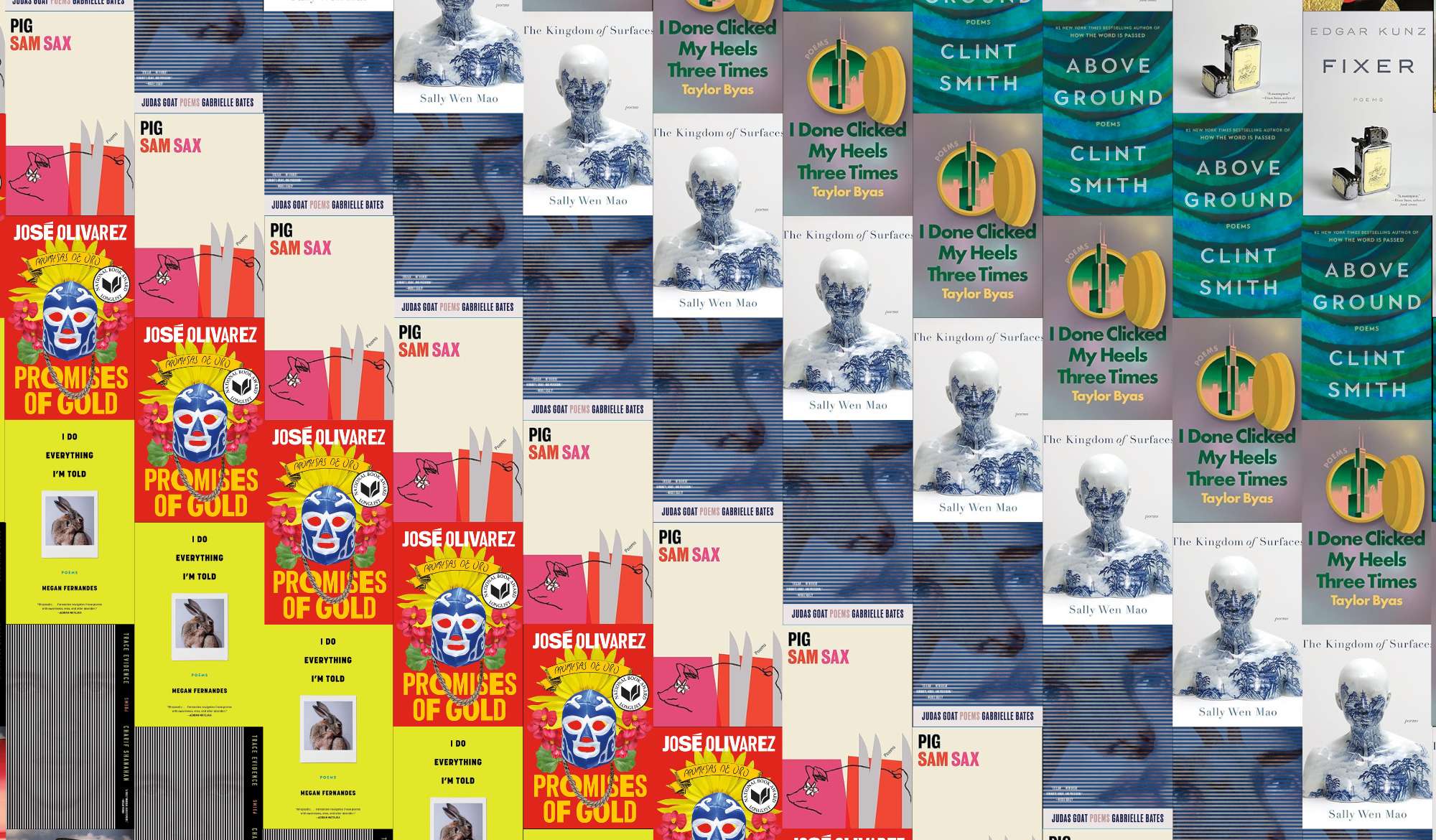Books & Culture
REVIEW: Hanging Man: The Arrest of Ai Weiwei by Barnaby Martin

by Ellen Adams

The core of Barnaby Martin’s The Hanging Man: The Arrest of Ai Weiwei is a two-day extensive interview with Chinese artist and activist Ai Weiwei. In the midst of a 2011 round-up of Chinese intellectuals, activists and creatives, world-renowned and politically-engaged conceptual artist Ai Weiwei was arrested without warning. Unlike some of his counterparts,
he was ultimately released following eighty-one days of imprisonment.
British writer Barnaby Martin, who has known Ai since his landmark sunflower seeds exhibition at the Tate, visited the artist’s compound soon after, thereby defying two conditions of the Ai’s release: 24-hour surveillance and ban on speaking with journalists.
Paired with Martin’s rendition of the artist’s biography, Ai’s words are enough to keep the reader in a steady rotation of compassion and disbelief. Like the 19-year-old countryside soldiers tasked with watching Ai’s every outward movement, one begins to ask aloud what undetectable inner engine is generating such high-risk art and anti-state activism. If you or anyone you know is struggling with the wherefore of conceptual art, I highly recommend this book; Ai Weiwei’s explanation, whispered through the stiff lips of a ventriloquist so as not to jeopardize the careers or curiosity of his jail cell guards, is the best I have come across.
Readers who are familiar with pseudonymous Emma Larkin’s Finding George Orwell in Burma will find a similar scope and structure: close consideration of one individual’s life becomes the home base for exploring a nation’s history and creative world, as well as the Western author’s experiences as an outsider and observer in a repressive regime. As with any narrative, though, the events are inextricable from the stance of the storytelling. One of the most defining elements of Martin’s book — and a perhaps fruitful counterpoint to Ai’s public displays of courage — is the underlying anxiety that colors the journalist’s sentences and decisions. Martin begins his journey to the interview with a preamble of uncertainty.
Given the conditions of Ai’s release, welcoming a foreign journalist into his home could easily jeopardize his freedom, if not life.
Even once safely inside Ai’s compound, Martin openly admits how he struggles to broach the torture Ai endured in his imprisonment. The reader becomes informed and implicated in the complicated ethics of digging into another’s trauma. The stakes are high, in this moment of interview as much as in both men’s larger project of seeking and speaking the truth.
While the interview with Ai Wei Wei serve as the backbone for the book, Martin extends his attention — and the reader’s understanding — to the widespread currents of suppression and intimidation for other high-profile creatives in China. Martin intermittently pauses the transcript, turning instead to prior interviews with prominent writers such as Liao Yiwu, Mang Ke, and Chan Koonchung and their strategies for creating and coping under the regime. Even Mexican conceptual artist Gabriel Orozco makes a cameo in an interview that contextualizes the relationship between art and changing consciousness.
Martin places special emphasis on Orozco’s conviction that art holds the potential to “build a bridge to reality.”
Narratively, these departures from Ai Weiwei’s imprisonment story provide recess from the claustrophobia, if not the risk of the pedestal. More importantly than this variety of voices, however, is a more universal truth that each writer or artist ultimately confirms: the freedom to think, whether encouraged or dangerously exercised, leads to the desire for and creation of a closer version to the truth. As Ai Weiwei himself says at the interview’s conclusion, “I wonder if that’s how this nation will change because now there are a lot of individuals who have their own sensibilities and their own judgment.”
When Martin takes us out of the words and world of the artist, the necessary provision of historical context sometimes trumps the book’s sense of focus. Those already initiated to the events and eras of modern China might be less than enthused about the perfunctory summary; those less acquainted with the nuances of modern China might be a bit bewildered as the tumult of the Cultural Revolution is boiled down to several pages of proper nouns and play-by-plays. Although Martin makes a noble attempt at an on-ramp into his own lived-in expertise, the reader will benefit from search engines and hypertext. Whether it be images of works of the Chinese contemporary art heavyweights that Martin mentions, or of the described-but-not-depicted oeuvre of its most famous living artist, such a need for supplemental information is perhaps, unintentionally, this book’s greatest strength.
By honing in on the specifics of Ai Weiwei’s eighty-one days of incarceration,
<em>The Hanging Man</em> provides ample foundation and fuels a greater curiosity
to the challenges and courage integral to the questioning creative in modern China. It is a book that teaches, but, like the best of teachers, it lays down the tarmac for a further-reaching curiosity. Furthermore, this instinct to seek out more information reminds the reader that such open access to questions, information and analysis are luxuries for which artists like Ai Weiwei must continue to fight.
Hanging Man: The Arrest of Ai Weiwei

by Barnaby Martin










